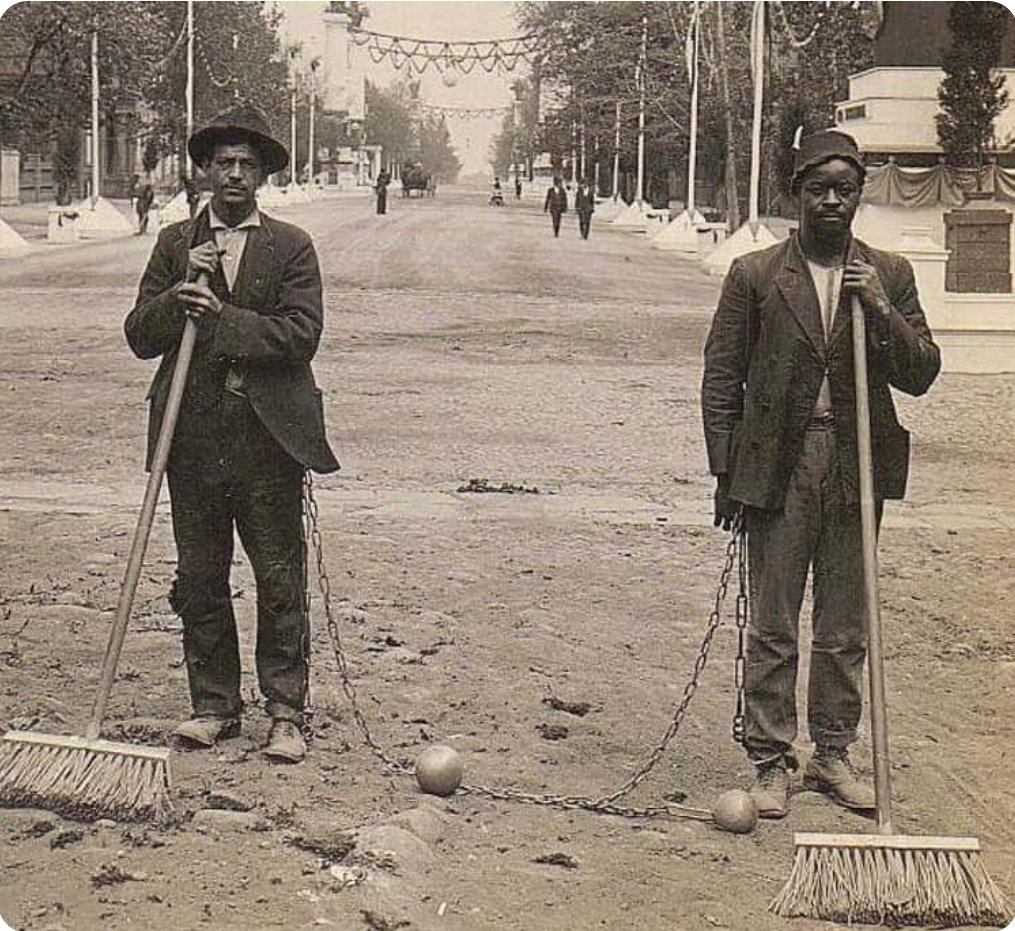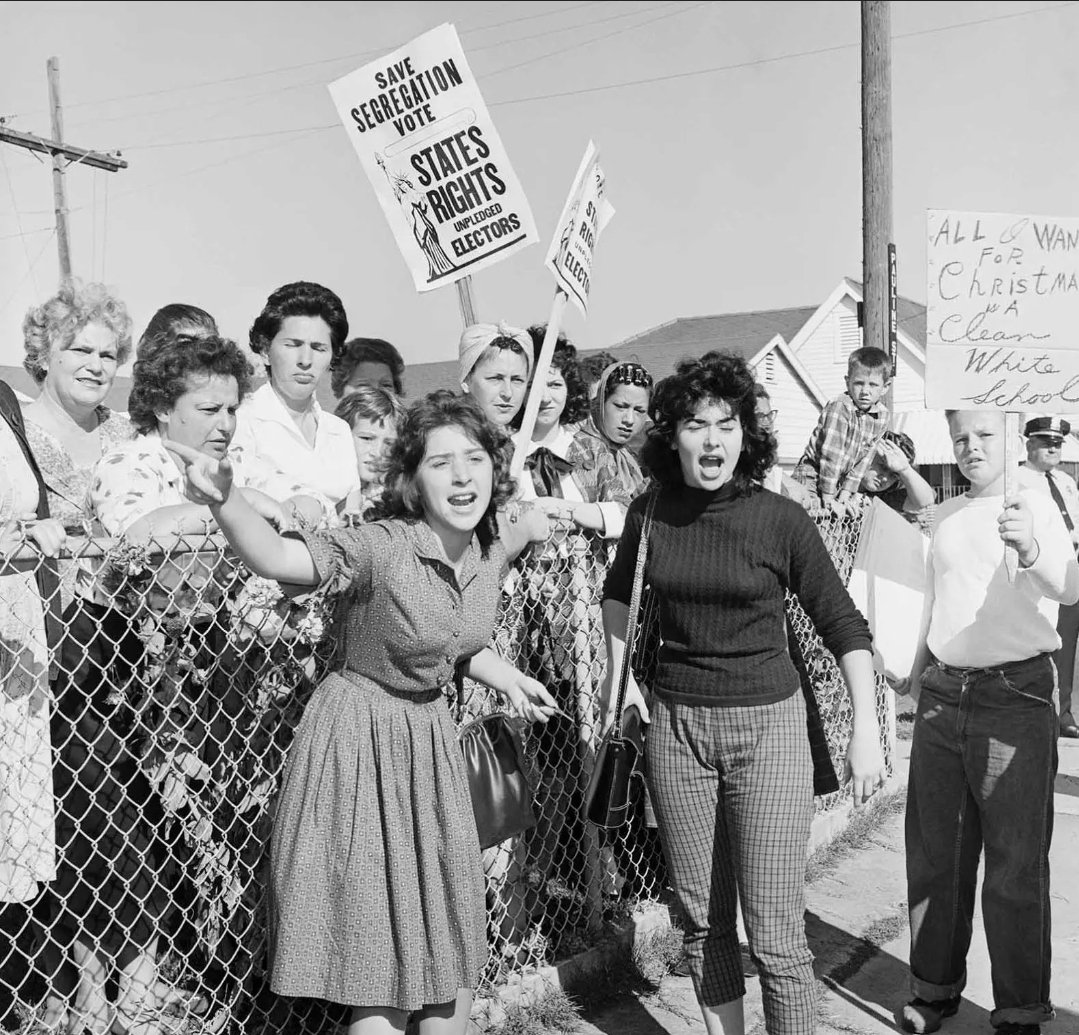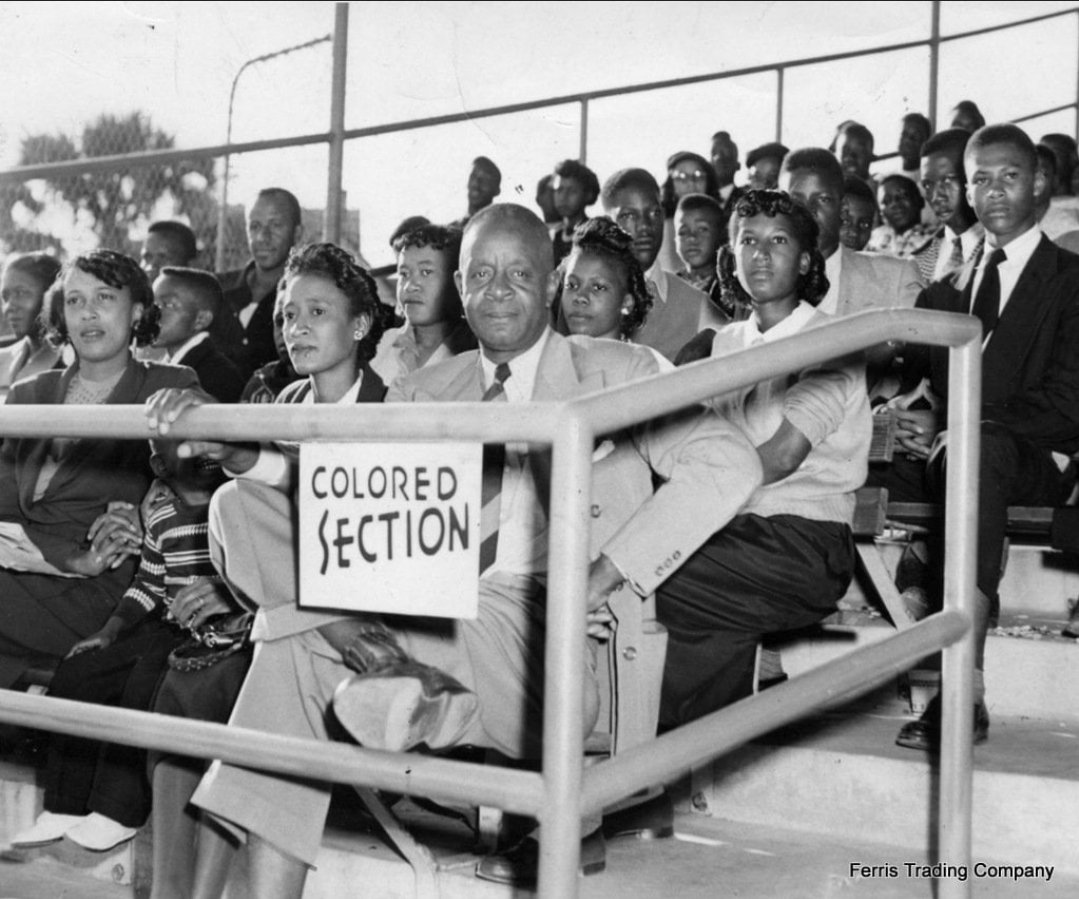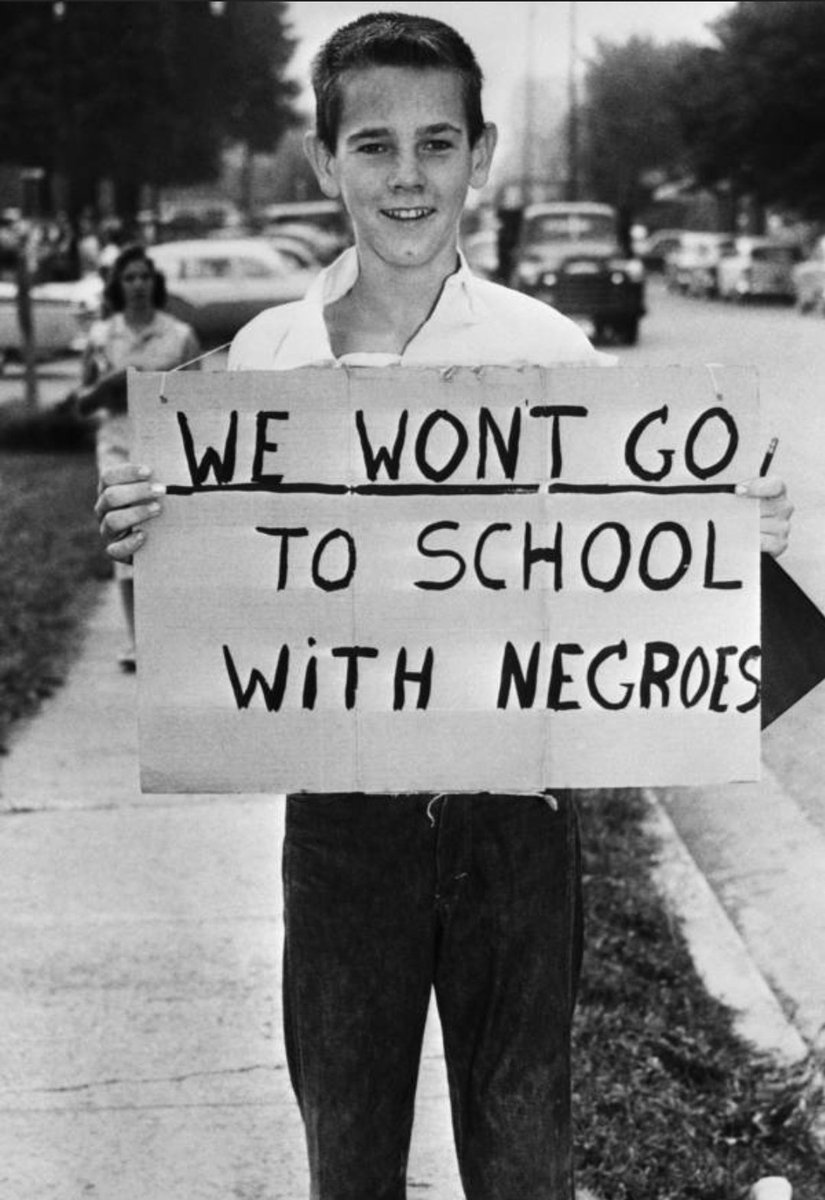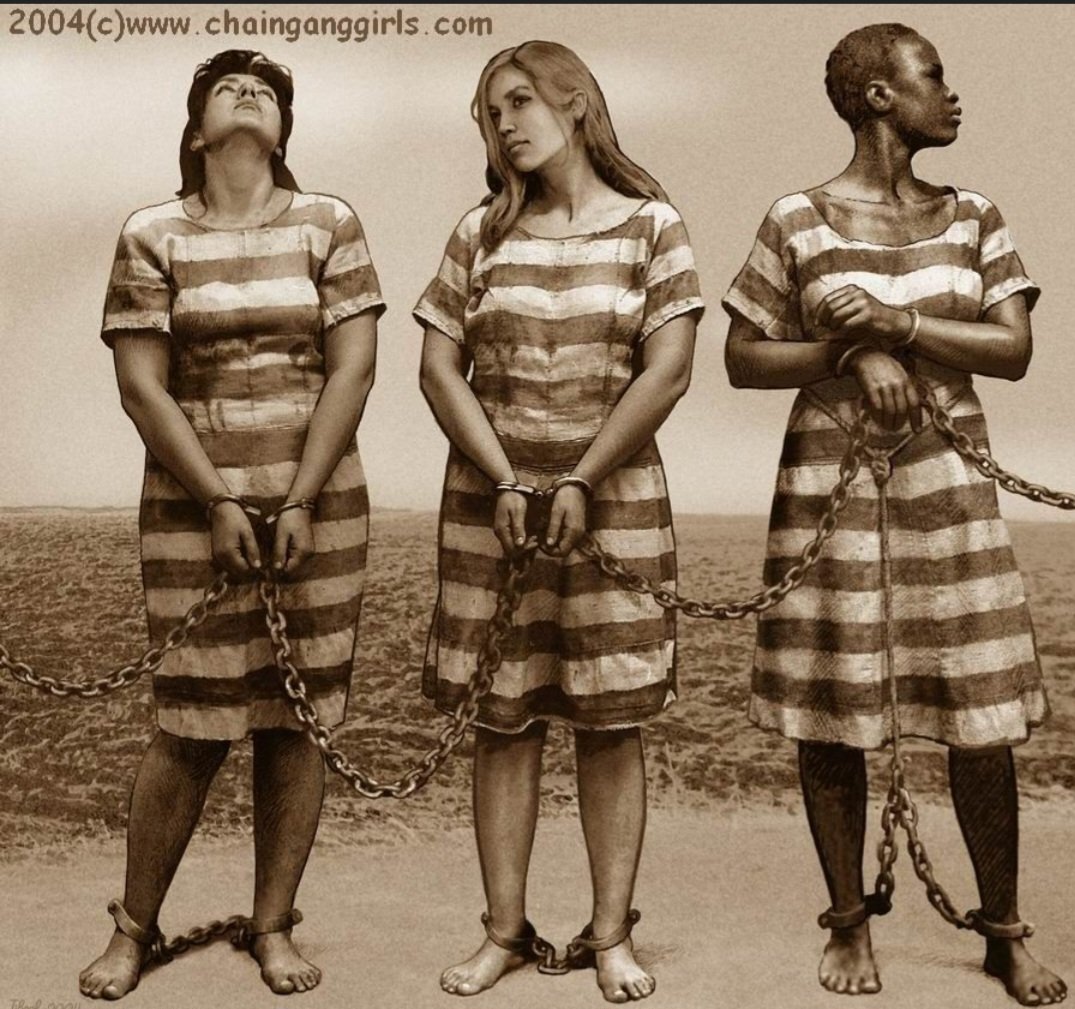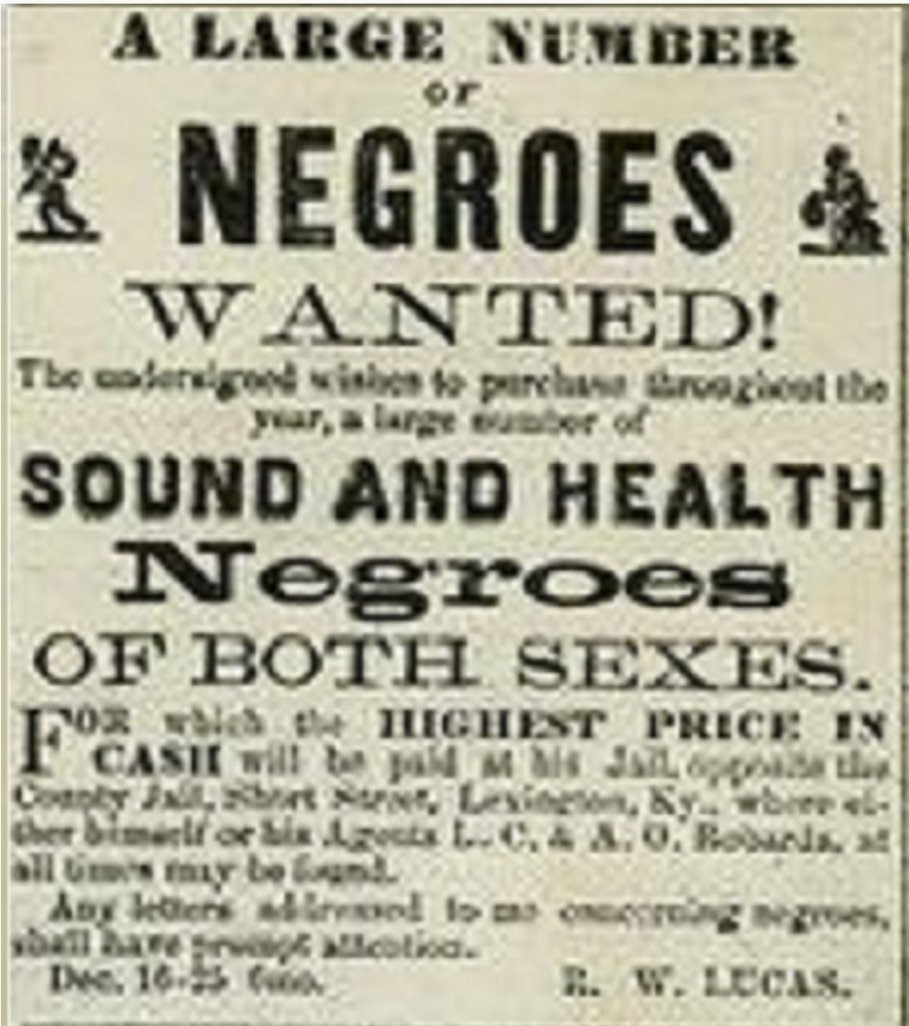⚠️WOKE CONTENT⚠️
🧵In one of the worst cases of exploitation in history, brothers George and Willie Muse were kidnapped from their family's tobacco farm and forced to become circus freaks. (cont)
#ProudWokeWorldHistory
#ResistanceRoots
#USDemocracy
vice.com/en/article/zn8…

🧵In one of the worst cases of exploitation in history, brothers George and Willie Muse were kidnapped from their family's tobacco farm and forced to become circus freaks. (cont)
#ProudWokeWorldHistory
#ResistanceRoots
#USDemocracy
vice.com/en/article/zn8…
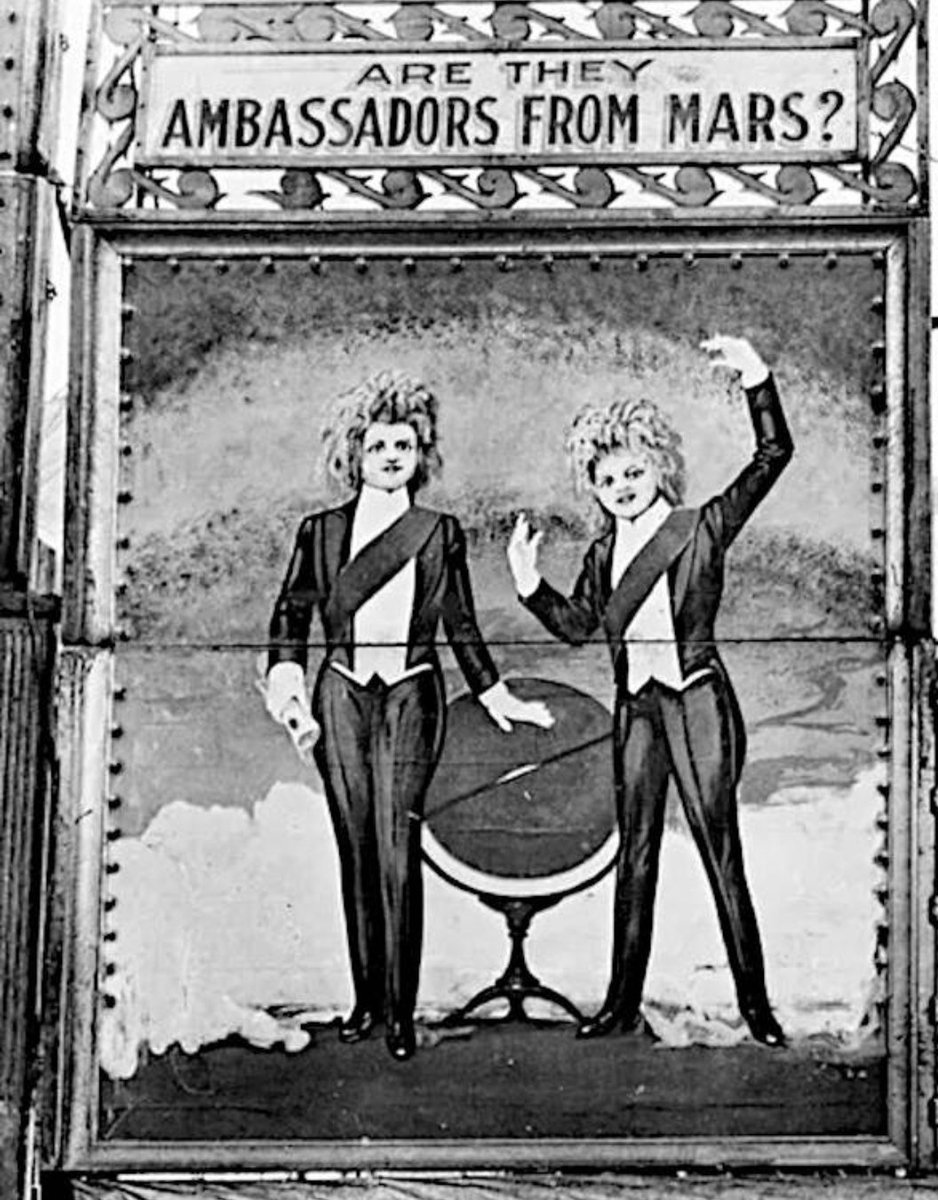
Born with albinism, the two boys were lured away around 1899 with candy by James Shelton, who billed them as “Eko and Iko, the Ambassadors from Mars.”
They were missing for years, but were reunited with their mother in 1927 when the circus (cont)
allthatsinteresting.com/george-and-wil…
They were missing for years, but were reunited with their mother in 1927 when the circus (cont)
allthatsinteresting.com/george-and-wil…
came to their hometown in Roanoke, VA. After a long court battle, Harriet Muse regained custody of her children. In 1928, the Muse brothers made a comeback to the circus world, initially under their own conditions and better pay. They sent money to their mother (cont) 
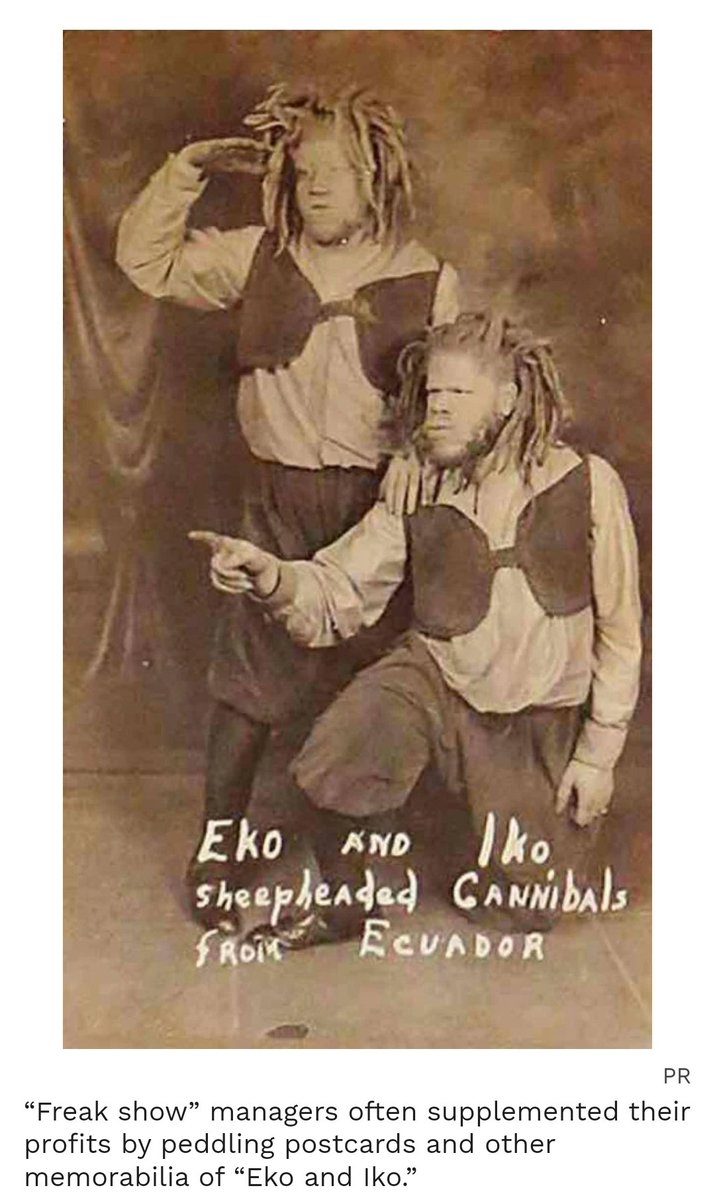
until her passing in 1942. The sale of the family farm gave them the means to move into a house in Roanoke, where they lived out the rest of their days. George Muse passed away in 1972 due to heart failure, while Willie passed away in 2001 at 108 (cont)
rarehistoricalphotos.com/albino-black-b…
rarehistoricalphotos.com/albino-black-b…
years old. I knew of Black people being placed on display in human zoos; but I was unaware of the Muse Brothers and their mother's struggle to reunite with them. You can read their story in "Truevine" written by Beth Macy.
#KeepItWoke
#DedicatedToTam✡️🕊
time.com/4533124/truevi…

#KeepItWoke
#DedicatedToTam✡️🕊
time.com/4533124/truevi…
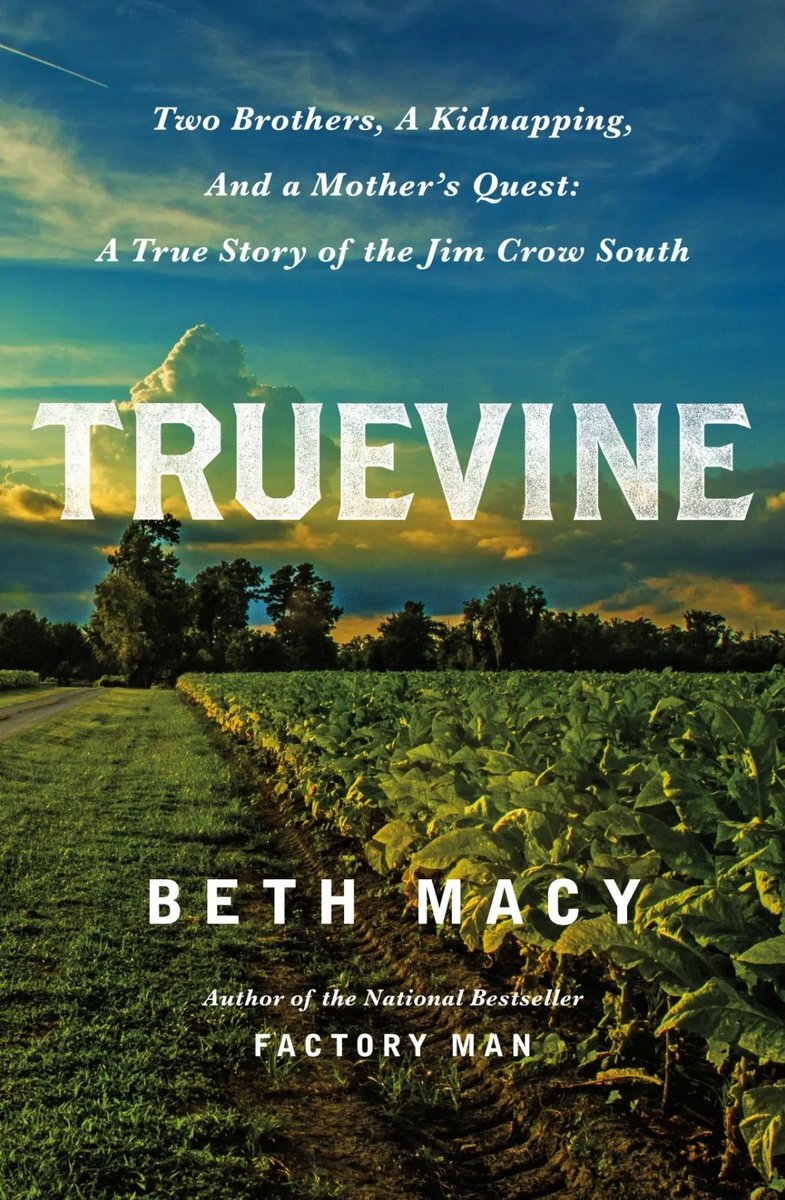
• • •
Missing some Tweet in this thread? You can try to
force a refresh


